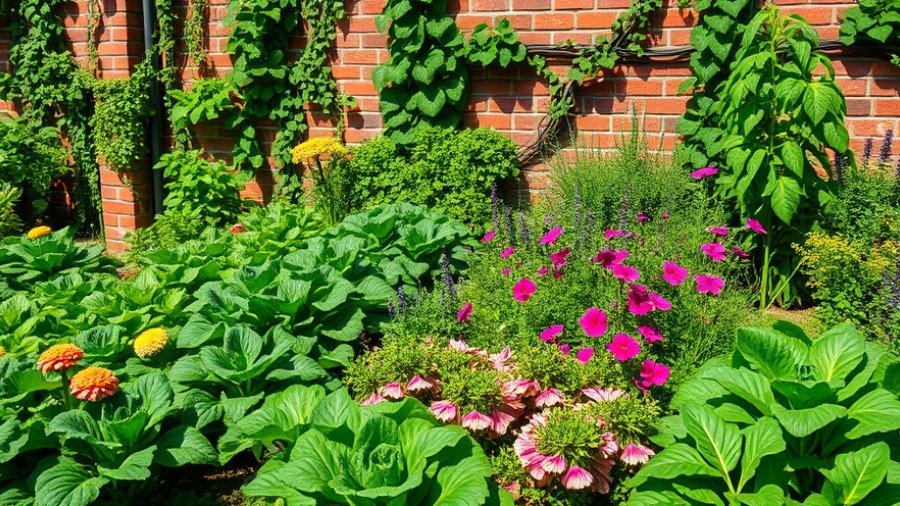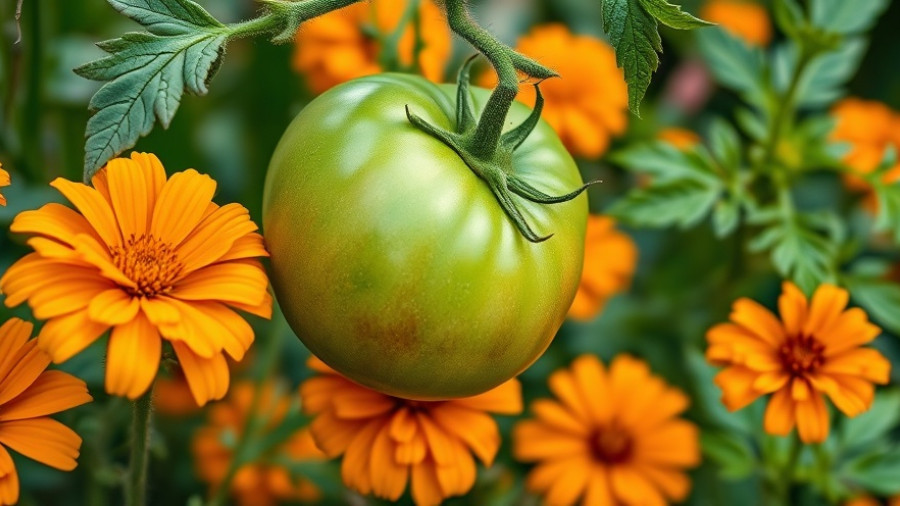
Unlocking the Power of Container Gardening
If you've ever felt limited by your gardening space, it's time to rethink the possibilities. The secret that top gardeners know is that you can yield more produce from just a 5-gallon bucket than from a major garden bed! This approach not only gives you control over soil and nutrients, but it also allows for a personalized planting experience. As April emerges as the perfect month for planting, this guide will help you dive into the world of bucket gardening.
Why April is Ideal for Your Bucket Garden
April marks the start of the growing season in many areas, and there's a window of opportunity for home gardeners. By starting your bucket garden now, your plants gain a competitive head start before summer heats kick in. Cool-weather crops like lettuce and peas thrive in these spring temperatures, enjoying the mild climate to develop before competing against the summer sun. Imagine dining on fresh salads from your own home, all by following the spring planting rhythm!
Which Vegetables Are Best to Plant?
Container gardening isn't just a strategy; it’s a lifestyle. What to grow in those 5-gallon buckets? Here’s a curated list of vegetables that thrive:
- Tomatoes: Ideal for buckets, cherry tomatoes lead the charge with high yields. Focus on determinate varieties that produce all at once and pair them with consistent moisture for optimal results.
- Peppers: Both sweet and spicy peppers are easy-care favorites that pay off with vibrant harvests. Let them dry slightly between waterings for best growth.
- Lettuce: Fast-growing and incredibly rewarding, lettuce can be harvested in just a few weeks. By strategically picking outer leaves, you’ll be extended your salad season.
- Spinach: Perfect for the cooler season, spinach packs nutritional power. Early planting ensures you maximize your harvest before summer sets in.
- Radishes: A fantastic first crop, radishes grow quickly, offering a taste of success within just weeks.
Transform Your Space with Bucket Gardening
Homeowners can transform patios, balconies, or even sunny home interiors with a selection of bucket-grown veggies. Not only do buckets provide an attractive, orderly way to garden, they also minimize soilborne pests that can affect traditional gardens. Want a little extra motivation? Imagine enjoying a summer barbecue with homegrown veggies featured in every dish—from the fresh tomatoes in a salad to radishes sliced crisp—as they’re pulled directly from your bucket garden.
Take the Leap into Gardening
Ready to grow more food and enjoy the benefits of gardening? Challenge yourself this April to start with just a few buckets. Whether you choose to embrace the full range of vegetables or focus on a few favorites, you’ll be surprised at how much flavor and nutrition you can produce in small spaces. Gardening is not only about sustenance; it’s about the journey, the joy of nurturing life, and the connection to the earth.
Conclusion: Your Adventure Awaits
Bucket gardening is more than a trend—it's a practical, rewarding way to enjoy fresh produce right at home. So grab those 5-gallon buckets, channel your inner gardener, and get planting. Whether you’re in a bustling city or a quiet suburb, your personal garden can start today!
 Add Row
Add Row  Add
Add 




Write A Comment